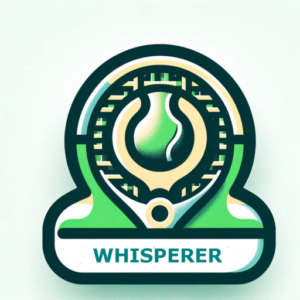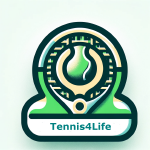Heat Safety: Understanding Heat Risks
Heat Safety: Understanding Heat Risks
Competing in the heat isn’t just physically taxing — it directly affects performance, mental clarity, and long-term health. For tennis players enduring long matches or back-to-back training blocks, understanding how to manage heat is as vital as mastering your technique.
Extreme Heat Events in China: A Wake-Up Call
The 2025 Shanghai Masters and Wuhan Open exposed elite players to dangerous, high-heat conditions — with temperatures nearing 35°C and humidity above 80%. Seven players retired in Shanghai alone.
-
Jannik Sinner succumbed to full-body cramps.
-
Novak Djokovic vomited courtside.
-
Daniil Medvedev, wary of worsening cramps, had to ask a ball girl — via an ATP supervisor — to help remove his sweat-drenched shirt.
In the same tournament, Denmark’s Holger Rune asked bluntly: “Why doesn’t the ATP have a heat rule? You want a player to die on the court?” Later, Rune elaborated: “We’re strong and mentally tough — but there’s a limit. We need to survive.”
WTA world No. 2 Iga Świątek shared the concern, urging organizers to “schedule matches at a time where girls can compete, rather than just die on the court.”
These incidents aren’t distant headlines — they’re a real-time warning. Whether you’re grinding through the ATP Tour or weekend comp in Sydney, the physiological limits are the same.
And until global bodies implement consistent protections, your safety is your responsibility.
Heat Management
Every match played in the sun is a test — not just of skill, but of preparation, awareness, and control. That’s why understanding the principles of heat safety isn’t optional — it’s essential.
The Hidden Toll of Heat Exposure
Speaking from personal experience, prolonged time under the sun can lead to:
-
Dehydration
-
Heat exhaustion
-
Sunburn
-
Reduced performance
-
Heat stroke
Even before serious symptoms arise, heat can degrade your reaction time, reduce endurance, and erode your ability to make clear tactical decisions.
Smart Hydration Strategies
Hydration should be proactive, not reactive:
-
Drink water before, during, and after play
-
Include electrolyte drinks to replenish minerals
-
Aim for 250–500ml of fluid per hour
-
Avoid caffeine and alcohol before matches
Sun Protection Essentials
Preventing sun damage supports stamina and recovery:
-
Apply SPF 50+ sunscreen 30 minutes before play
-
Reapply every 2 hours
-
Wear lightweight, light-colored, long-sleeved clothing
-
Use UV-protective sunglasses and a wide-brimmed hat
Heat Management On Court
Use tactical adjustments to regulate core temperature:
-
Schedule matches during cooler parts of the day
-
Take shade breaks between sets
-
Use cooling towels or neck wraps
-
Choose moisture-wicking clothing
Physical and Mental Acclimatization
Train your body to handle the heat:
-
Gradually build heat tolerance over 7–10 days
-
Reduce session intensity during peak sun hours
-
Watch for signs of heat stress: cramps, fatigue, headache, confusion
-
Listen to your body and respond early
When to Stop Playing
Discontinue play immediately if you feel:
-
Dizzy, nauseous, or extremely tired
-
Disoriented or weak
-
Symptoms of heat exhaustion or heat stroke
Be Prepared: Heat Safety Kit
-
Carry water and electrolyte drinks
-
Bring cooling tools: fans, wraps, ice packs
-
Use the buddy system to monitor symptoms in each other
Heat Safety Summary
| Essentials | Details |
|---|---|
| Hydration | Water + electrolytes, 250–500ml/hour, no caffeine or alcohol |
| Sun Protection | SPF 50+, reapply often, light/long-sleeved clothing, UV eyewear, hat |
| Timing & Shade | Avoid peak sun; take frequent shade breaks |
| Heat Acclimatization | Gradual exposure over 7–10 days; reduce intensity during hottest periods |
| Warning Signs | Dizziness, nausea, cramps, fatigue, confusion — stop immediately |
| When to Stop | At the first sign of heat-related symptoms |
| Emergency Kit | Water, electrolyte drinks, cooling towels, personal fans, buddy system |
Your health is more important than any match. Respect the conditions, prepare wisely, and compete safely.



